What's Current in
Ocean and Beaches
Covering marine research on the water and on the sand
Image
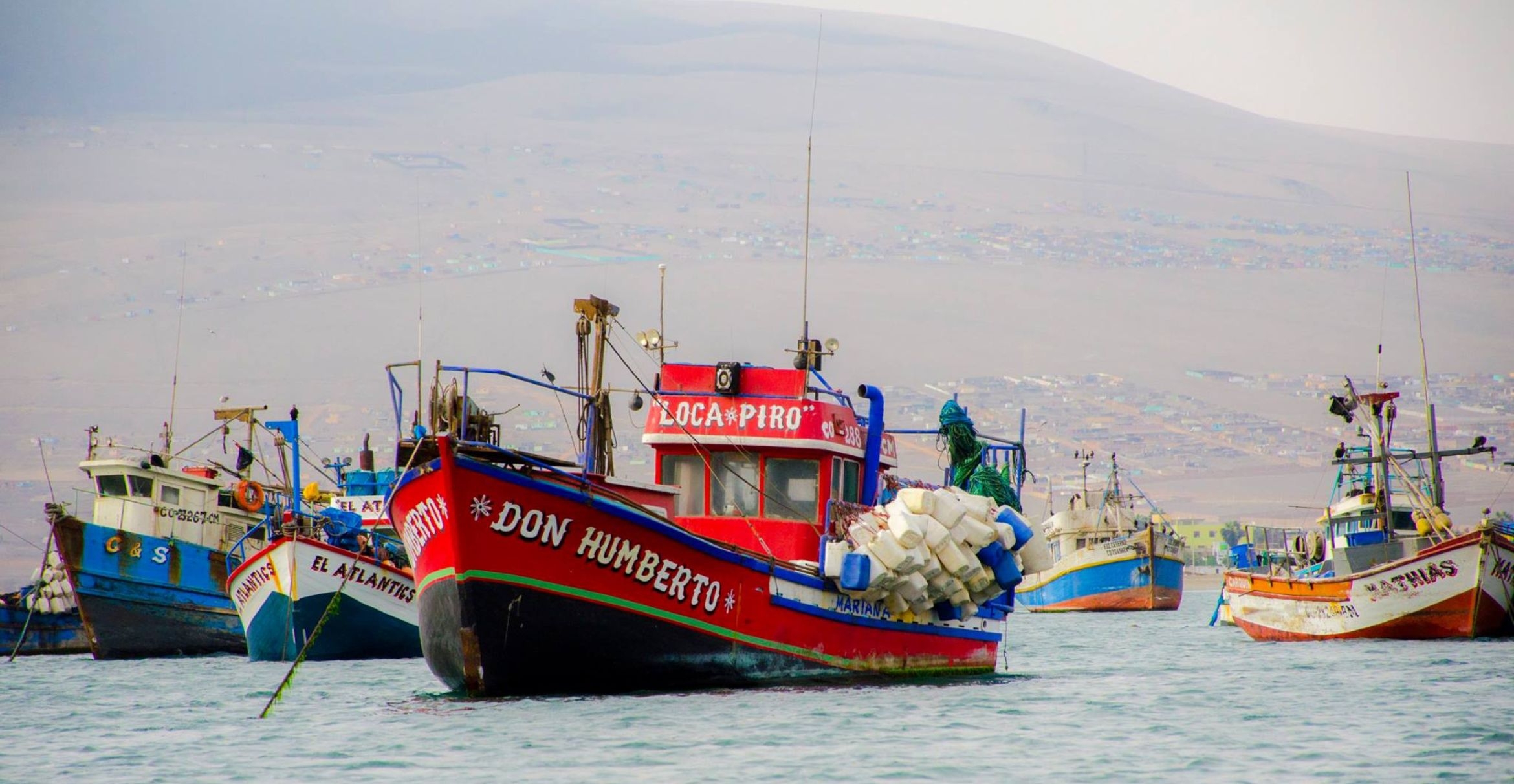
Photo Credit
Renato Molina
Image

Photo Credit
Dam via Adobe Stock
Damselfish like these yellowtail dascyllus have an outsized effect on reefs compared to their humble proportions.
Image
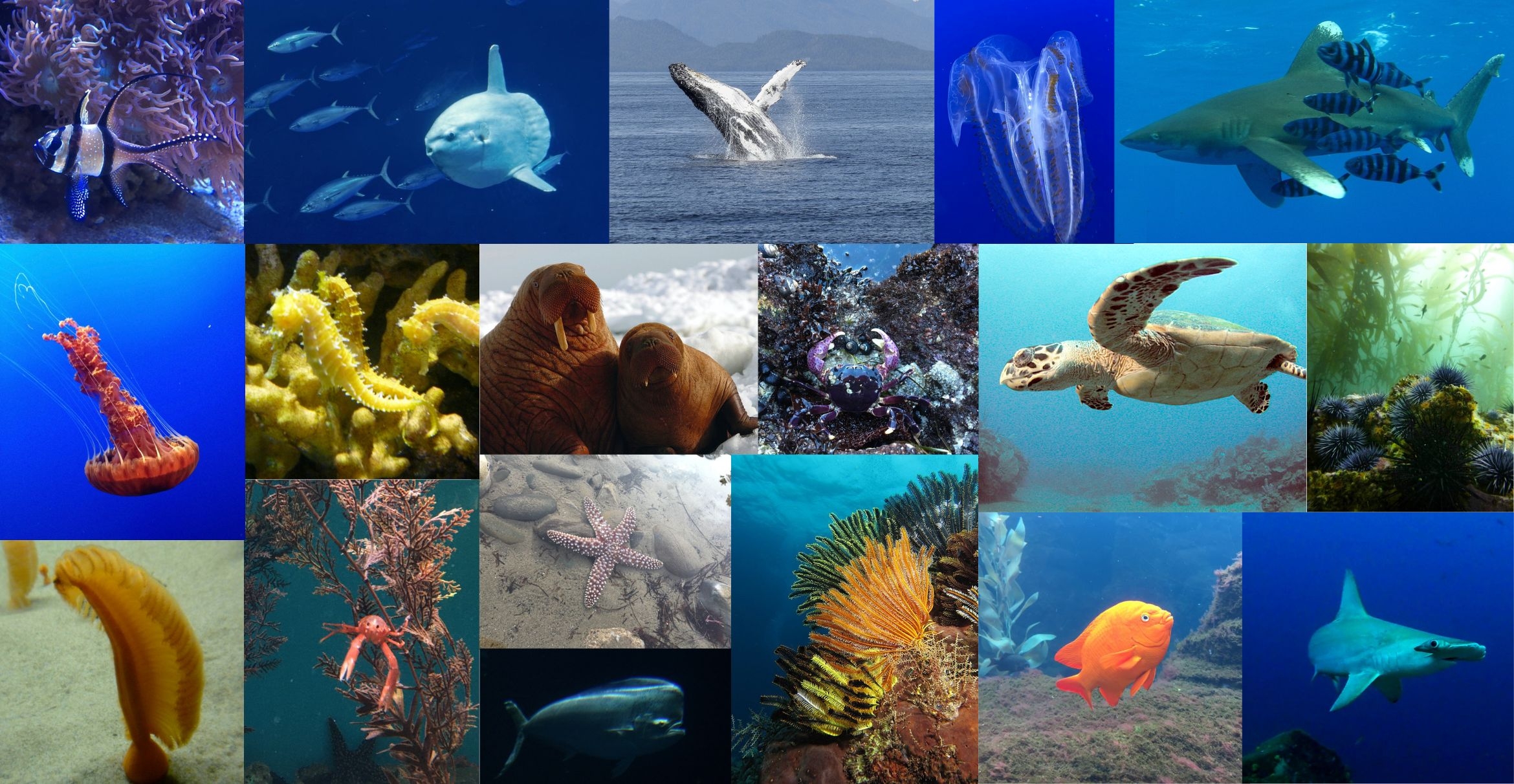
Photo Credit
Harrison Tasoff
Transferable conservation credits could incentivize comprehensive protection the ocean’s diverse habitats and wildlife.
Image

Photo Credit
Philip Hoeppli via iStock
Image

Photo Credit
Explora_2005 via iStock
Legions of icebergs brought the Atlantic circulation to its knees during the last glacial period.
Image
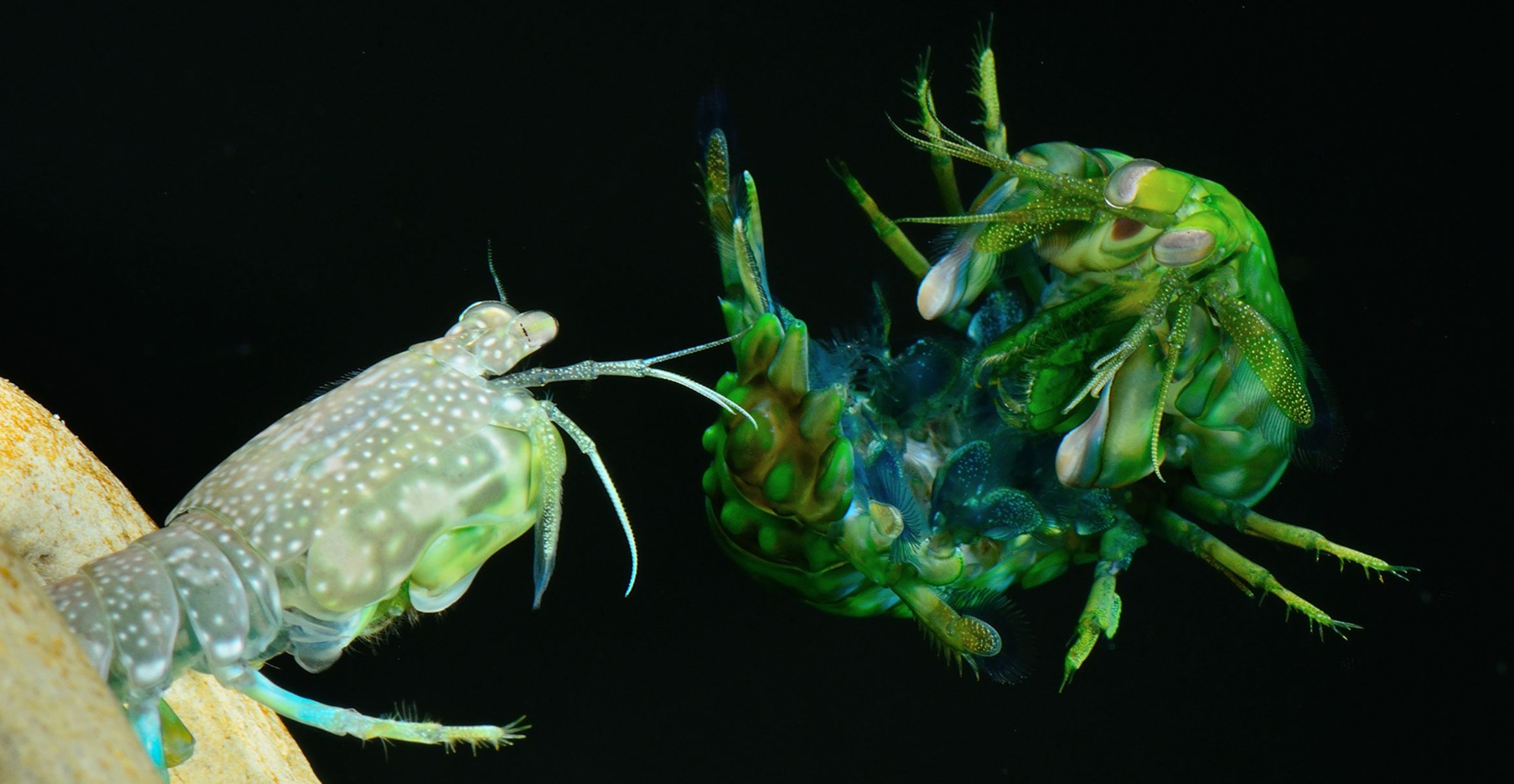
Photo Credit
Roy Caldwell
These territorial crustaceans use their tails as shields to defend against the explosive punches of their rivals.
Image
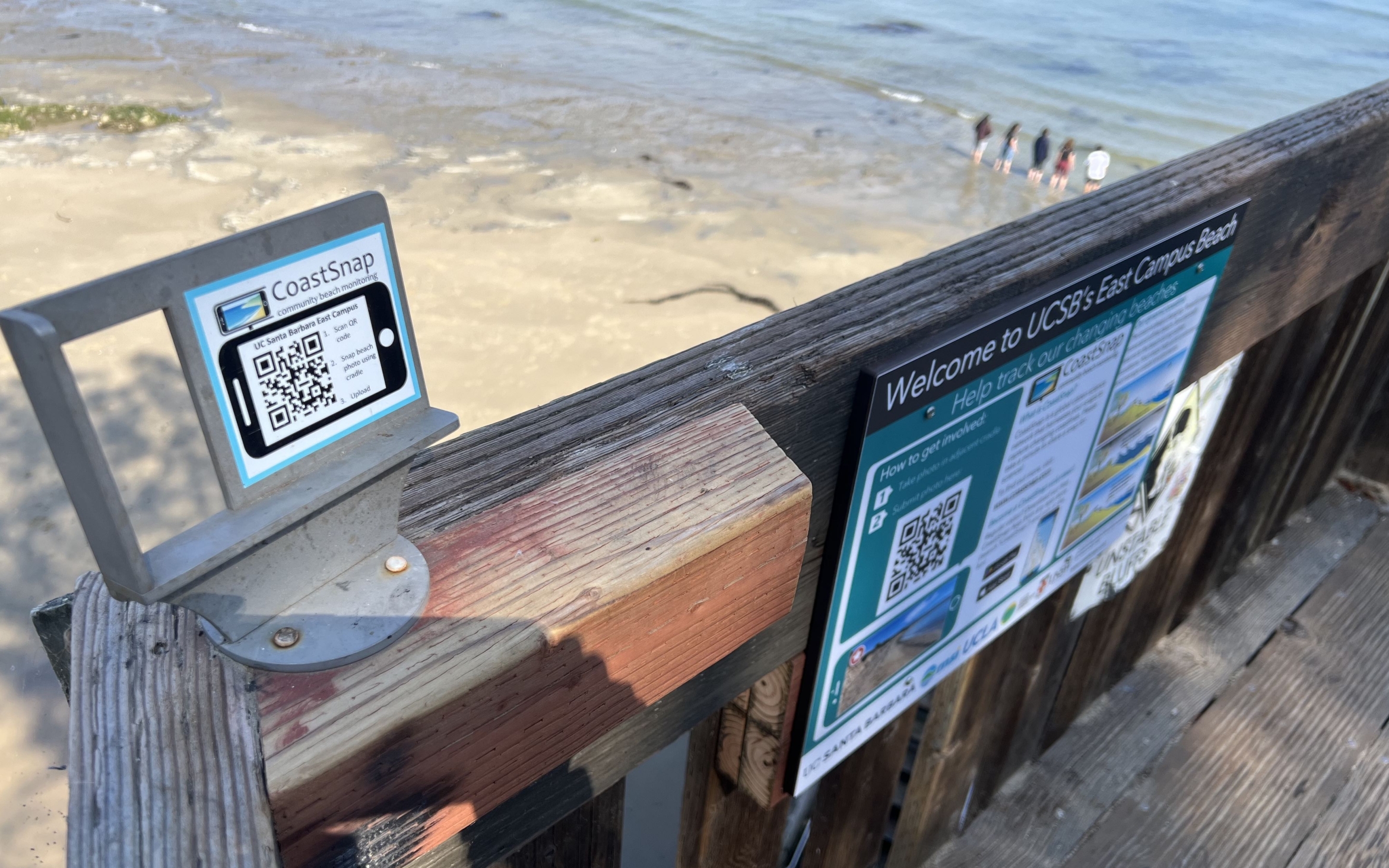
Photo Credit
Sonia Fernandez
The CoastSnap cradle on the steps to East Campus Beach
Image
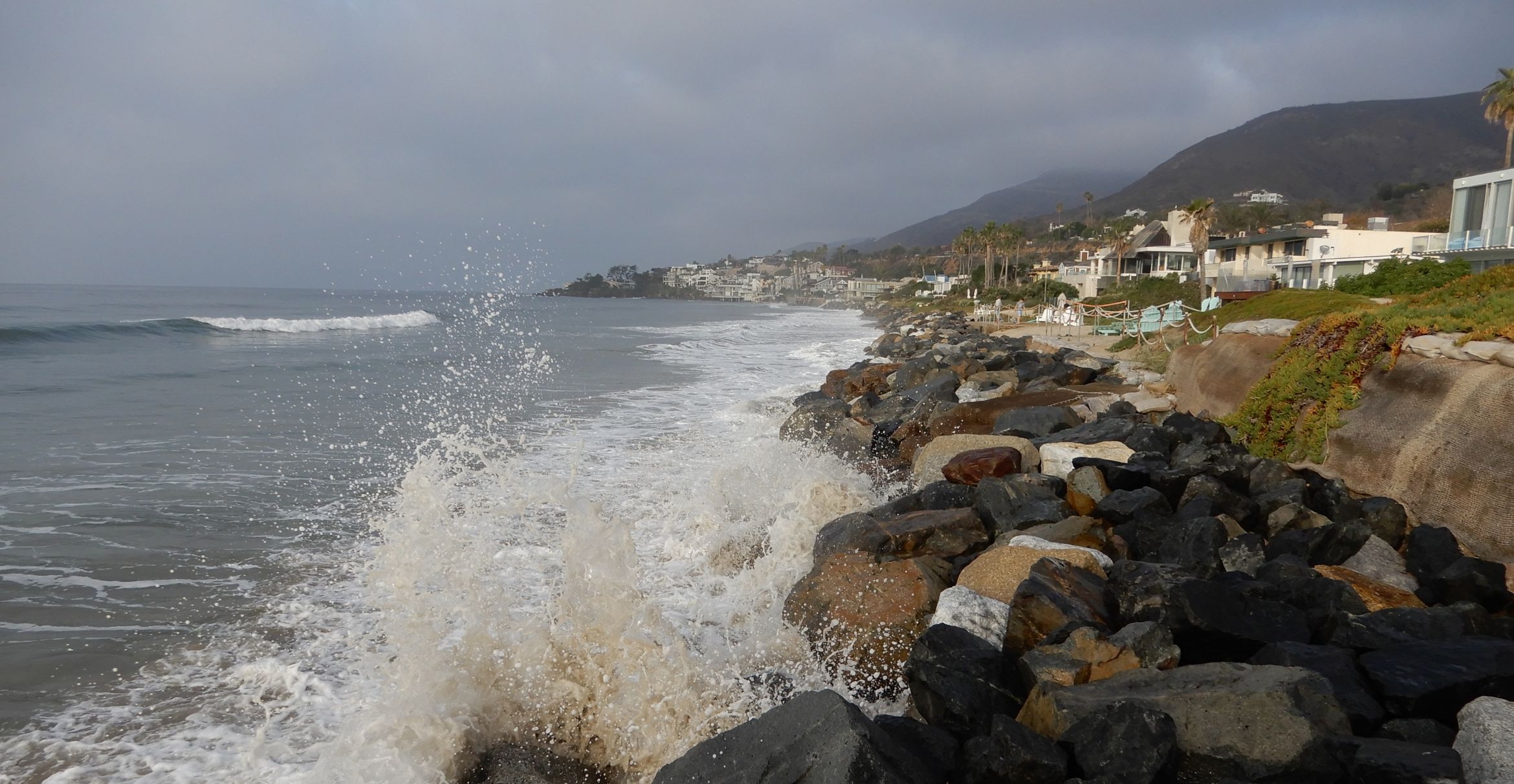
Photo Credit
Charles Lester
The ocean is advancing on California, and we need to determine how we will respond.
Image
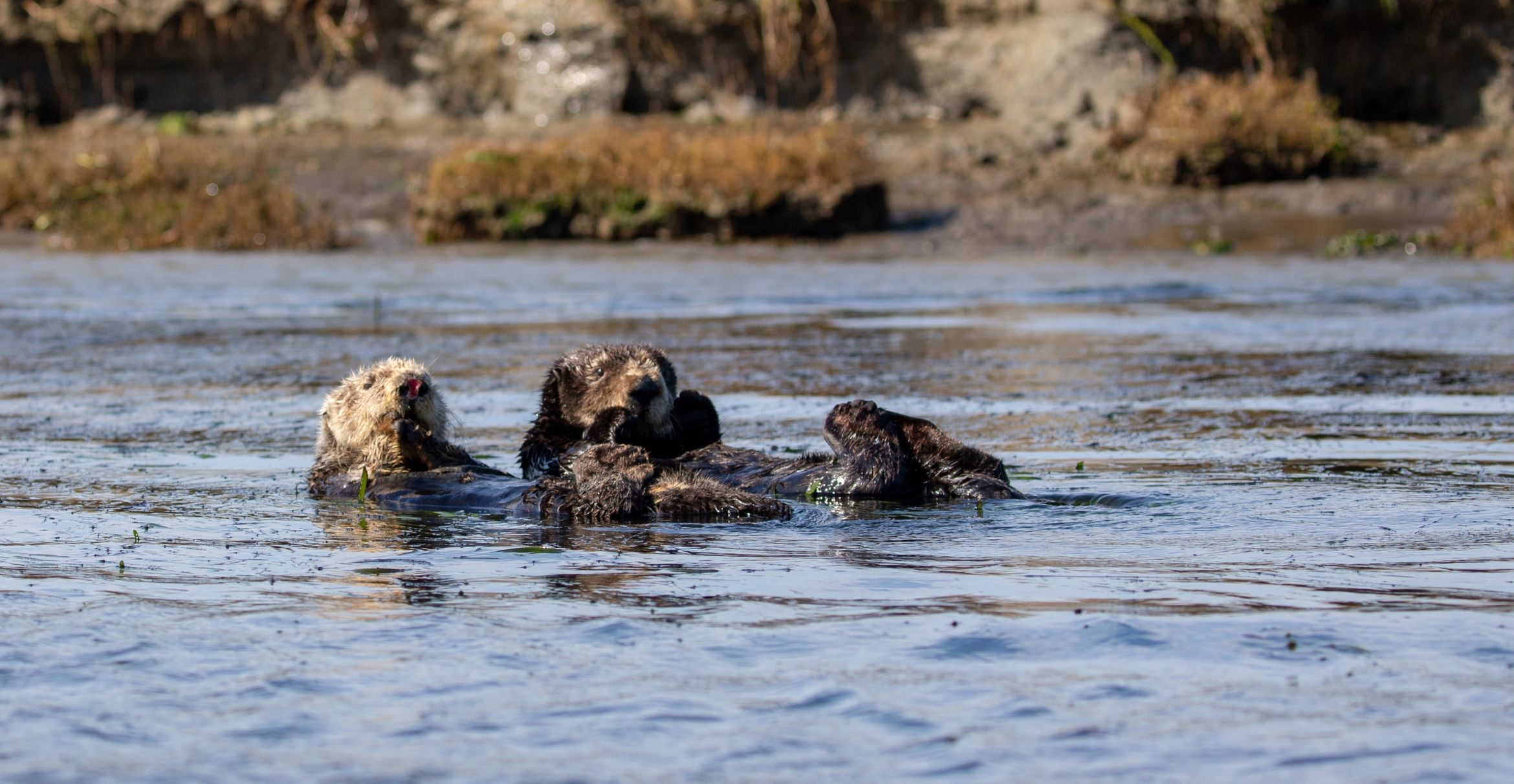
Photo Credit
Htrnr via iStock
Although sea otters only recently recolonized their historic habitat in the Elkhorn Sough, they’re already benefiting the ecosystem.
Image
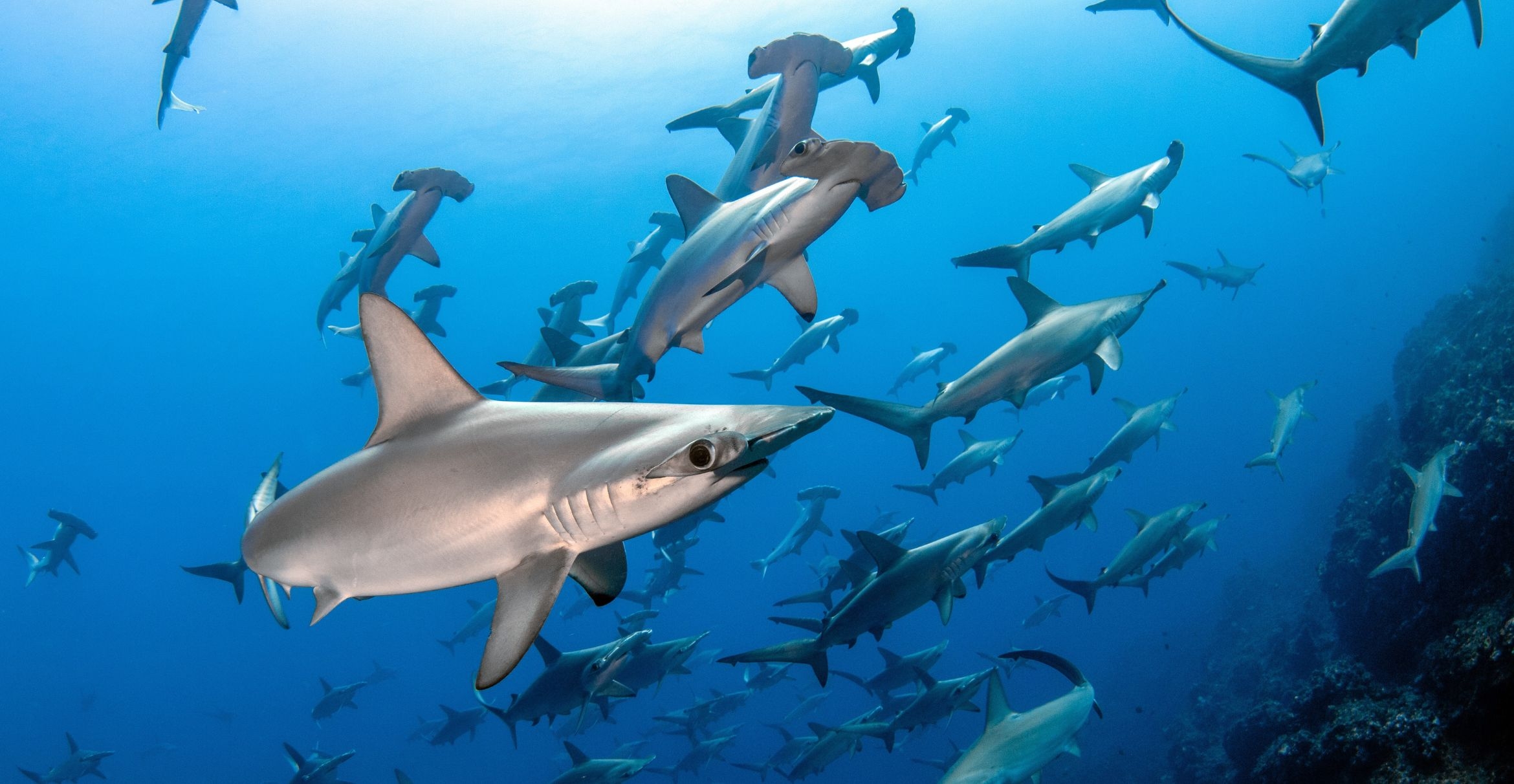
Photo Credit
Masayuki Agawa via OceanImageBank
Image
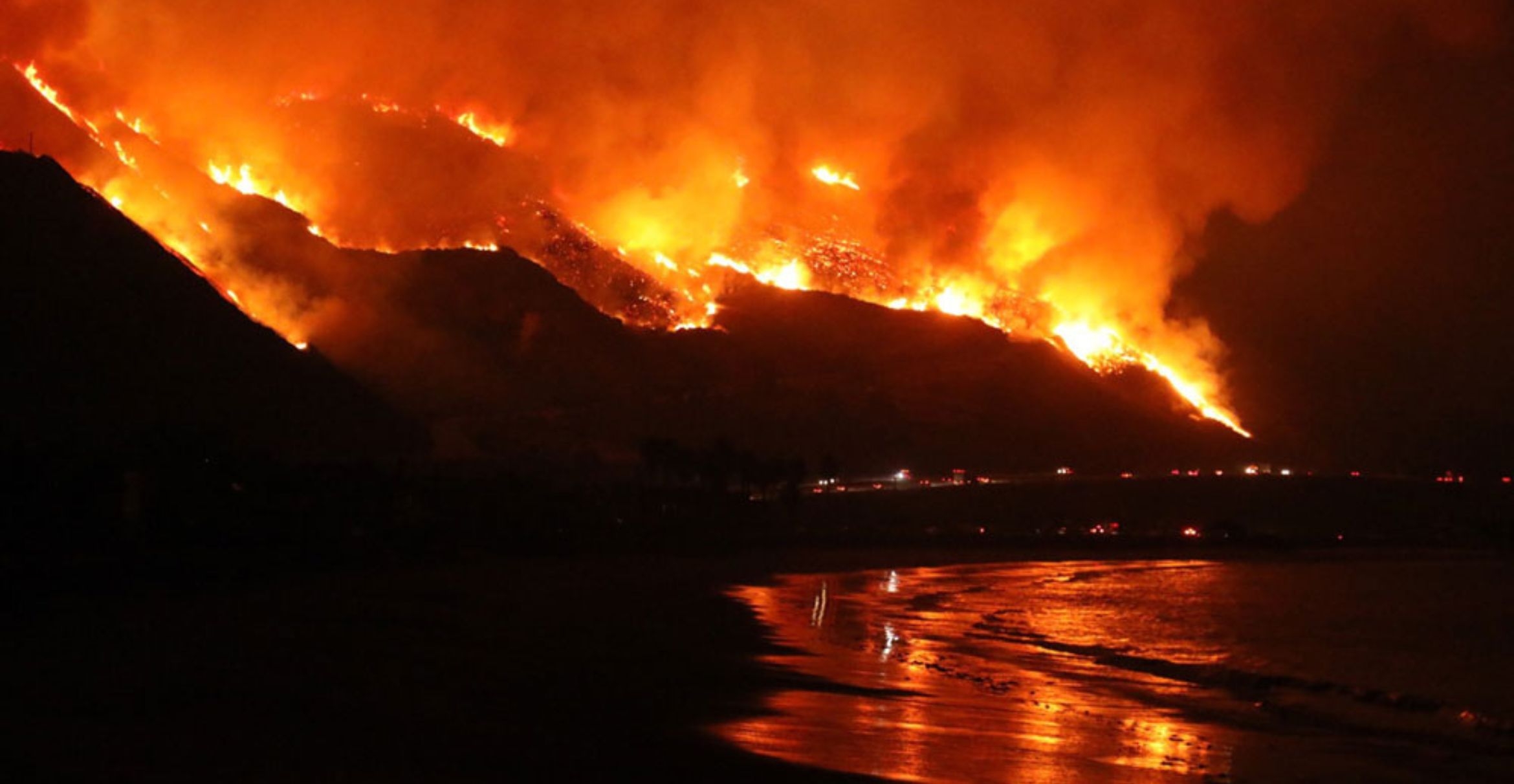
Photo Credit
Ray Ford / Noozhawk
Flames from the Thomas Fire reflect in the waves just west of Ventura. Its proximity to the ocean provided researchers a unique opportunity.
Image
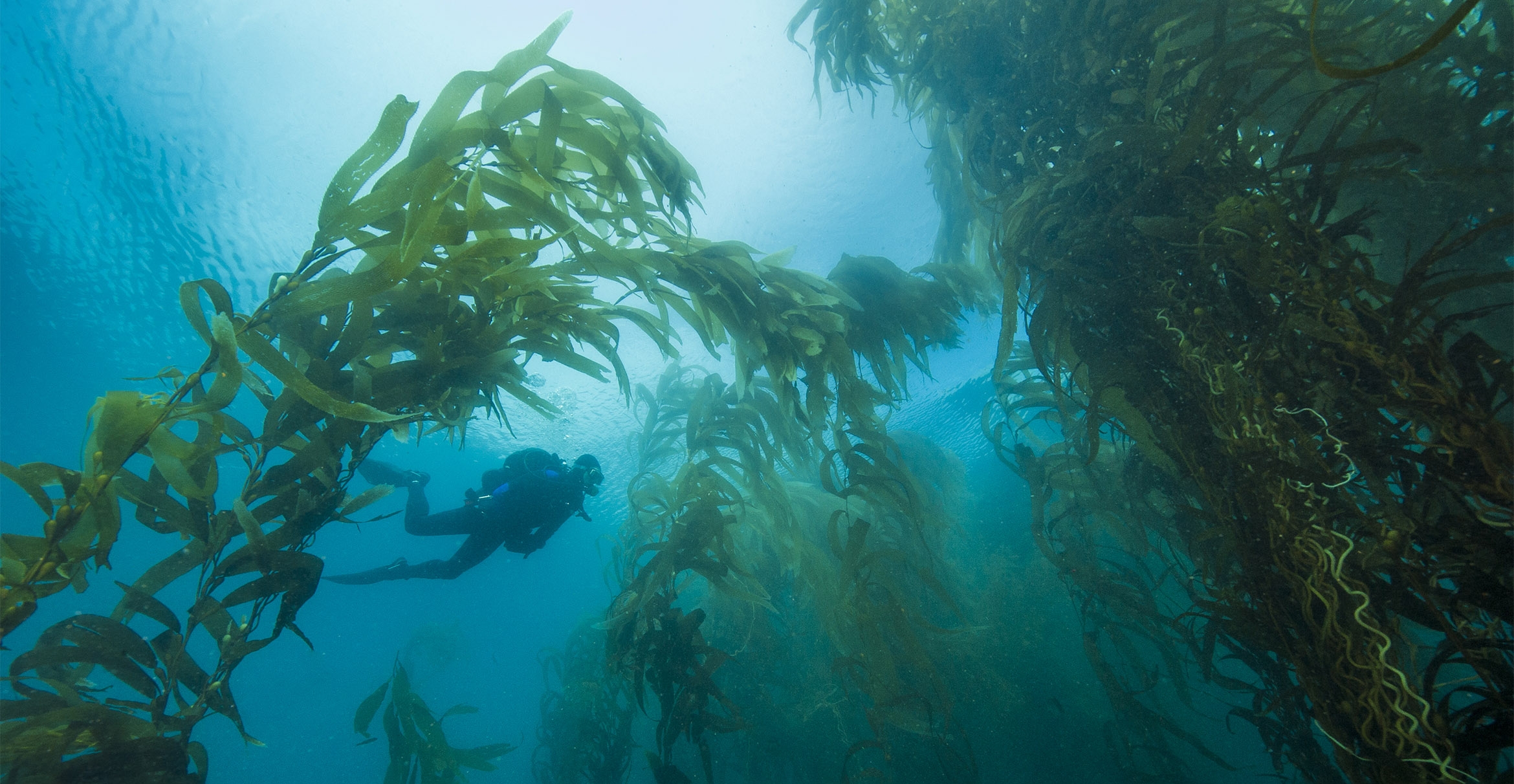
Photo Credit
Courtesy of NPS
